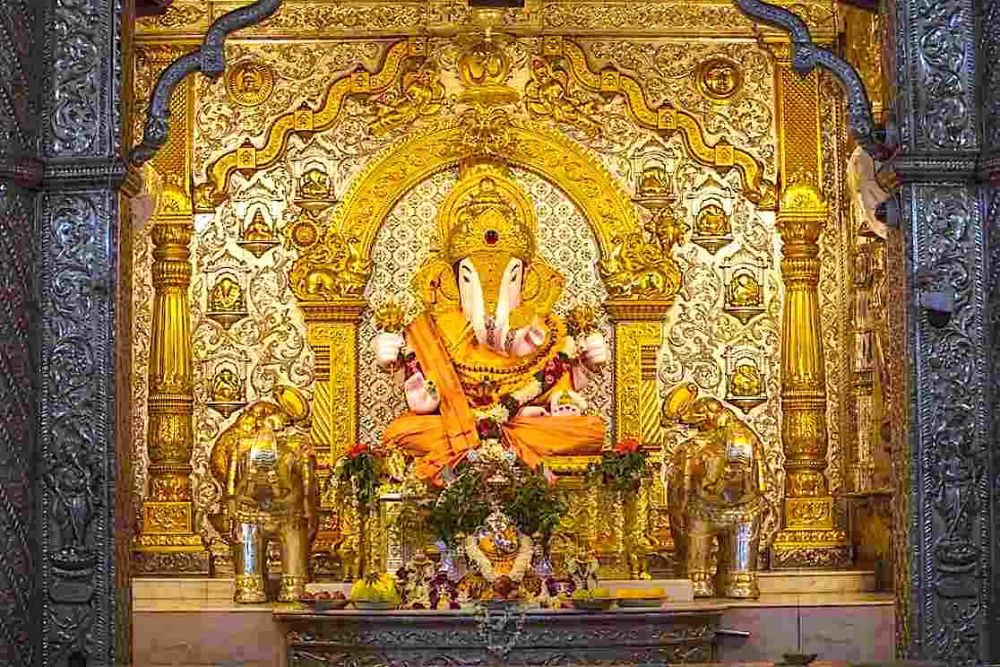

The Dagdusheth Halwai Ganapati Temple located in Pune, Maharashtra, India, is not only an iconic place of worship but also a significant landmark in the region's tourism landscape. The temple is dedicated to Lord Ganesha and was founded by Shrimant Dagdusheth Halwai, a sweetmeat seller and a prominent philanthropist of his time.
The founding of the temple dates back to the late 19th century when Dagdusheth Halwai and his wife Lakshmibai lost their only son to the plague. In memory of their son and as a measure to overcome their grief, they built this temple in 1893, following the advice and under the patronage of their guru, Shri Madhavnath Maharaj.
Over the years, the temple has gained immense popularity not only as a regional pilgrimage site but also among devotees from different parts of India and abroad. The temple's architectural design, the divine idol of Lord Ganesha, and the rich history associated with the temple, draw thousands of visitors each year.
With the growth of cultural and spiritual tourism in India, Dagdusheth Halwai Ganapati Temple experienced growth in tourist footfall. The tourism around the temple evolved in stages:
Today's tourism at Dagdusheth Halwai Ganapati Temple is a mix of devotion, culture, and history. The temple administration has embraced technology to promote the temple and provide conveniences to visiting devotees. Some of the latest trends in tourism at the temple include:
The Dagdusheth Halwai Ganapati Temple continues to be a significant center for tourism in Pune, highlighting the robust blend of spirituality, culture, and modernity in India's tourism sector.